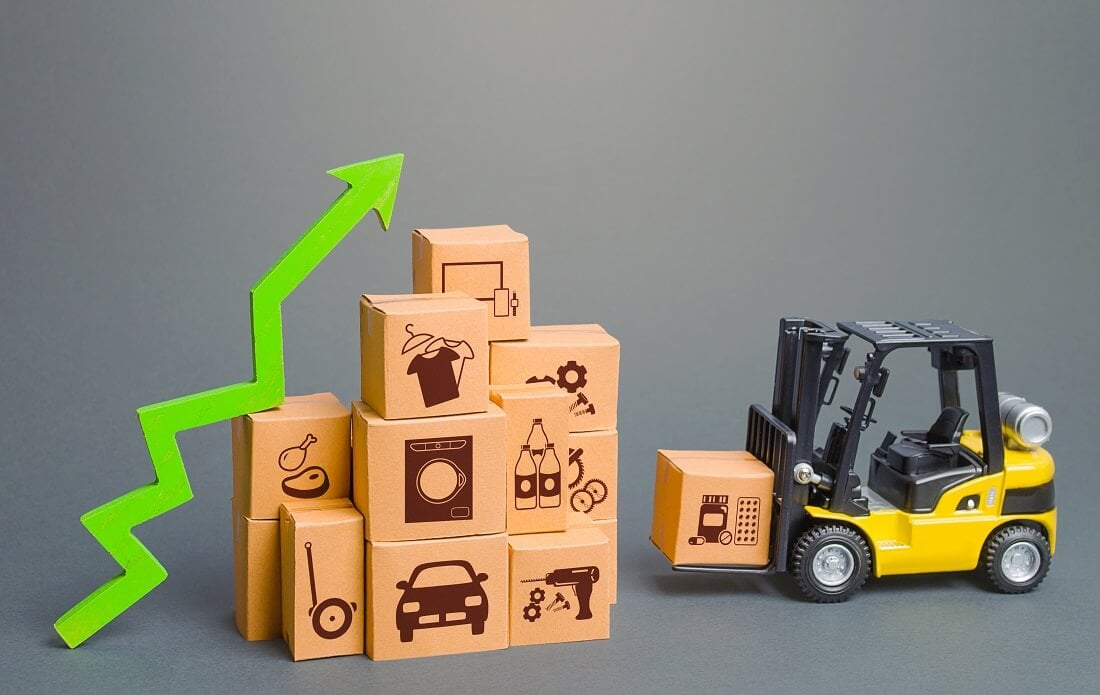
4 Trends in SME B2B Distribution
In a fast-changing, increasingly globalized and digitalized economy, small and mid-sized distributors can no longer rely solely on their traditional business relationships and distribution channels. Big ecommerce operators are reducing the role of such distributors, as manufacturers are selling directly to retailers and even to consumers.
At the same time, technological change has made customers harder to satisfy—they have higher expectations around speed, availability, transparency, reliability, and personalization. Disruptors like the trade war between the U.S. and China, and the pandemic, are affecting supply chain relationships.
But this challenging market environment has also opened up opportunities for many companies to diversify their distribution channels and find new customers on digital marketplaces.
Digital transformation is a prerequisite for taking advantage of this new landscape: SMEs need a digital core that can empower all aspects of their businesses, including supply chain, logistics, purchasing and inventory control, customer management, accounting, human resources and sales.
How can you upgrade the tools for your businesses wisely to meet these needs? A better understanding of current industry trends can help you chart your path forward.
Trend #1: Diversifying Distribution Channels
Business-to-business (B2B) selling models have evolved in the age of the internet and mobile devices. While you still need to support and reinforce your existing distribution channels, relying only on them will put your businesses at risk.
There are traditional resellers, big-box retailers such as Walmart and Target, and also e-commerce giants such as Amazon. Most of these companies have their own web services, and each has unique ways in which it pays commissions and structure its relationships with distributors. They also each have different needs in terms of products and delivery.
As a result, a digital solution that can manage and keep track of the requirements of business partners is a must for SMEs in this modern environment. These tools can automate and streamline the process from purchasing to sales.
Trend #2: Tapping a Broader Customer Base
Acquiring new customers to achieve expansion is crucial for success. SMEs are refining their services and expanding their offerings to attract new potential audiences. Many are looking for opportunities in overseas markets.
This requires distributors to be more open-minded to capture the needs of customers, and to pay close attention to customers’ shopping experiences.
“B2B distributors need to see the trends in product demand based on timely information, and then make rapid business decisions,” notes Ralph Hess, vice president of sales for Navigator Business Solutions, during a recent interview about the changing needs of the distribution industry. Hence, leveraging data intelligence is a must.
“Also, the expectations of a B2B relationship are now being influenced by everybody’s own personal shopping experiences,” says Hess. He thinks that the tech-savvy younger generation is driving B2B closer to business-to-consumer (B2C) distribution—they expect multi-channel ordering and fast order processing.
Distributors need to manage the customer lifecycle more efficiently to increase sales and profitability, and to improve customer satisfaction.
An advanced digital solution such as SAP Business One will ease the process for SMEs. SAP Business One helps companies track activities from initial contact to deal closing, manage warranty and services contracts, respond to service calls, and create detailed reports on all aspects of the sales process. What’s more, with 44 local country versions in 28 languages, the software can support businesses’ overseas expansion.
Trend #3: Building New Business Models
Distributors are nimbly adjusting their business models and adding new lines of revenue to combat the chipping away of traditional business.
According to IDC, 78 percent of wholesale distributors have a goal to create new business models and revenue streams, with 38 percent of the best-run wholesale distributors now focusing on the development of new revenue streams.
“Some small to mid-sized companies have been shifting from big shipments to small fulfillment shipments,” notes Hess. Some companies that were selling to big-box retailers have started to do drop shopping for big online retailers, he explains, which has a higher margin. However, the new model requires them to manage more transactions.
With the help of a mature digital core, companies are able to access real-time data and analytics so that they can handle the change and move fast.
By leveraging process and data standardization and harmonization, the best-run wholesale distributors can eliminate data silos and share insights across the companies. A data-driven company empowers employees to increase productivity and creativity to explore innovations.
Trend #4: Staying Competitive in a Giant-Ruled Business World
E-commerce giants like Amazon are using their platforms and logistical expertise to expand from the B2C model to also include B2B offerings. The lines between manufacturing, wholesale and retail blur. Small distributors are trying to differentiate themselves as a result.
Distributors now need to take a hard look at their own value proposition to their customers. What’s your added value? Maybe you can provide better solutions, more professional product application knowledge, faster delivery times, or amazing customer services, or you can offer product packages to better meet customer needs. In other words, find the areas where you’re the expert.
“There’s a lot of growth in companies that have been very entrepreneurial and filled the void, where larger companies have exited,” says Hess.
Big companies cannot replace every aspect of the selling solution. But small and mid-sized enterprise owners should keep their eyes sharp. A transition to an intelligent digital core will give SMEs the visibility they need to move into the future.